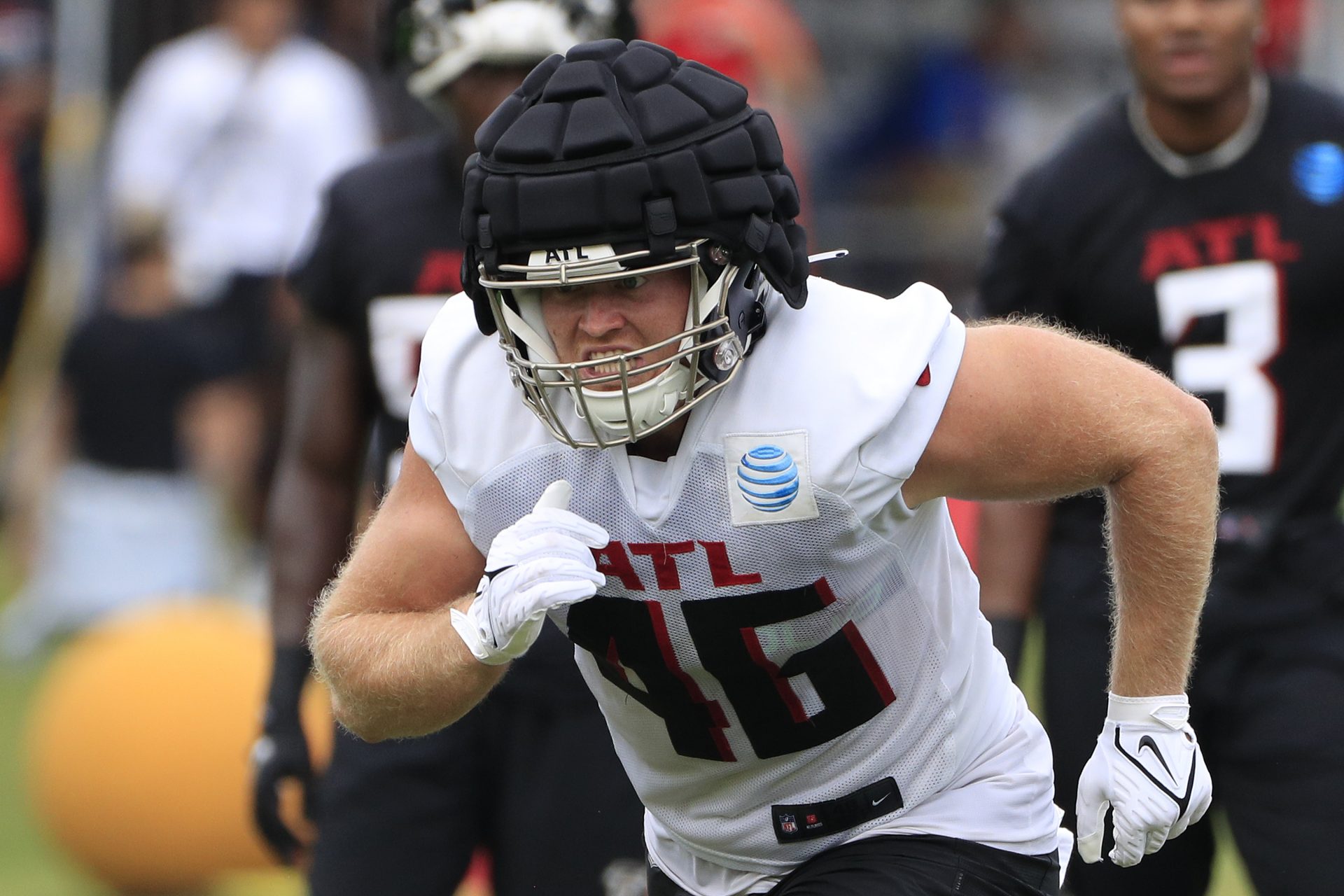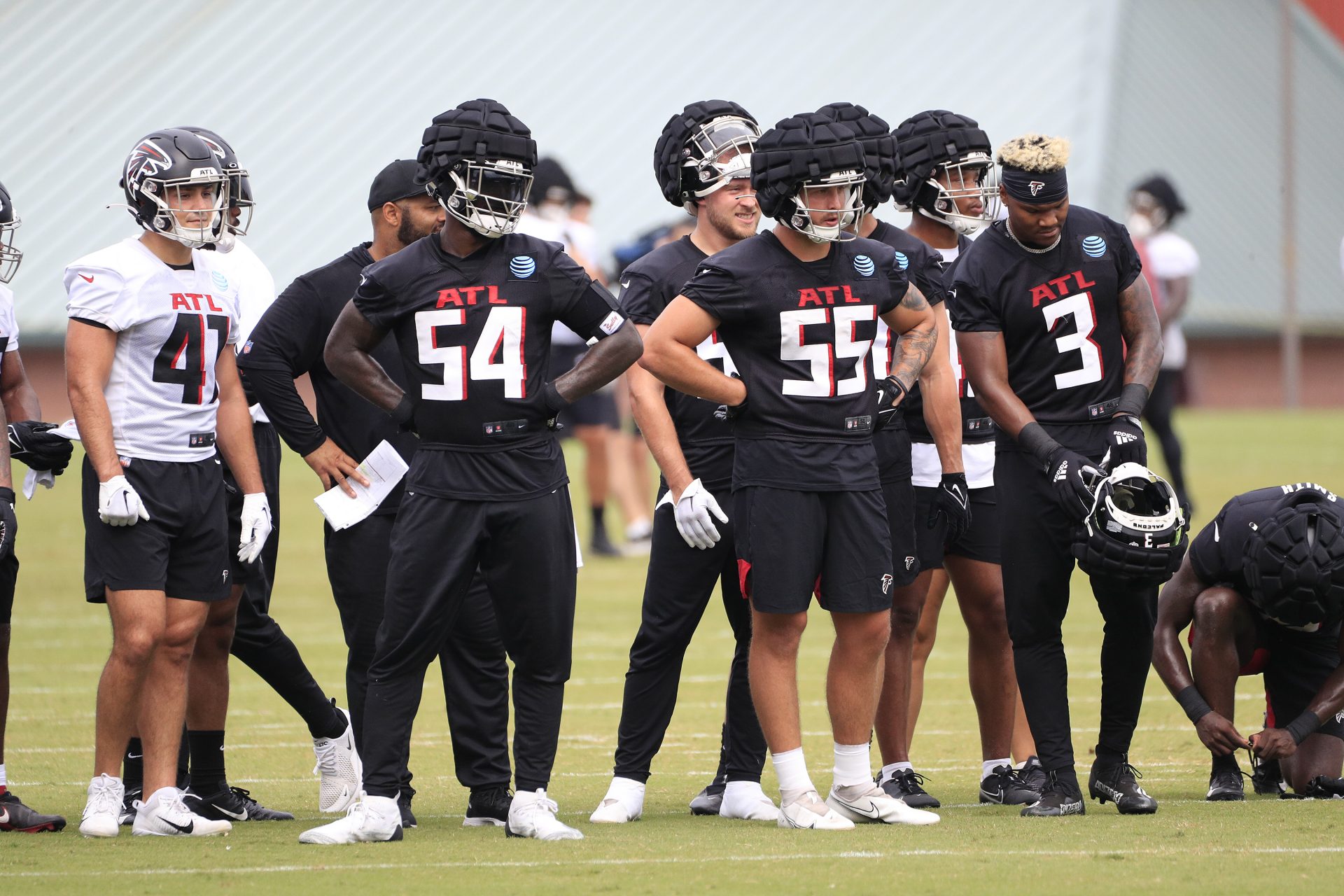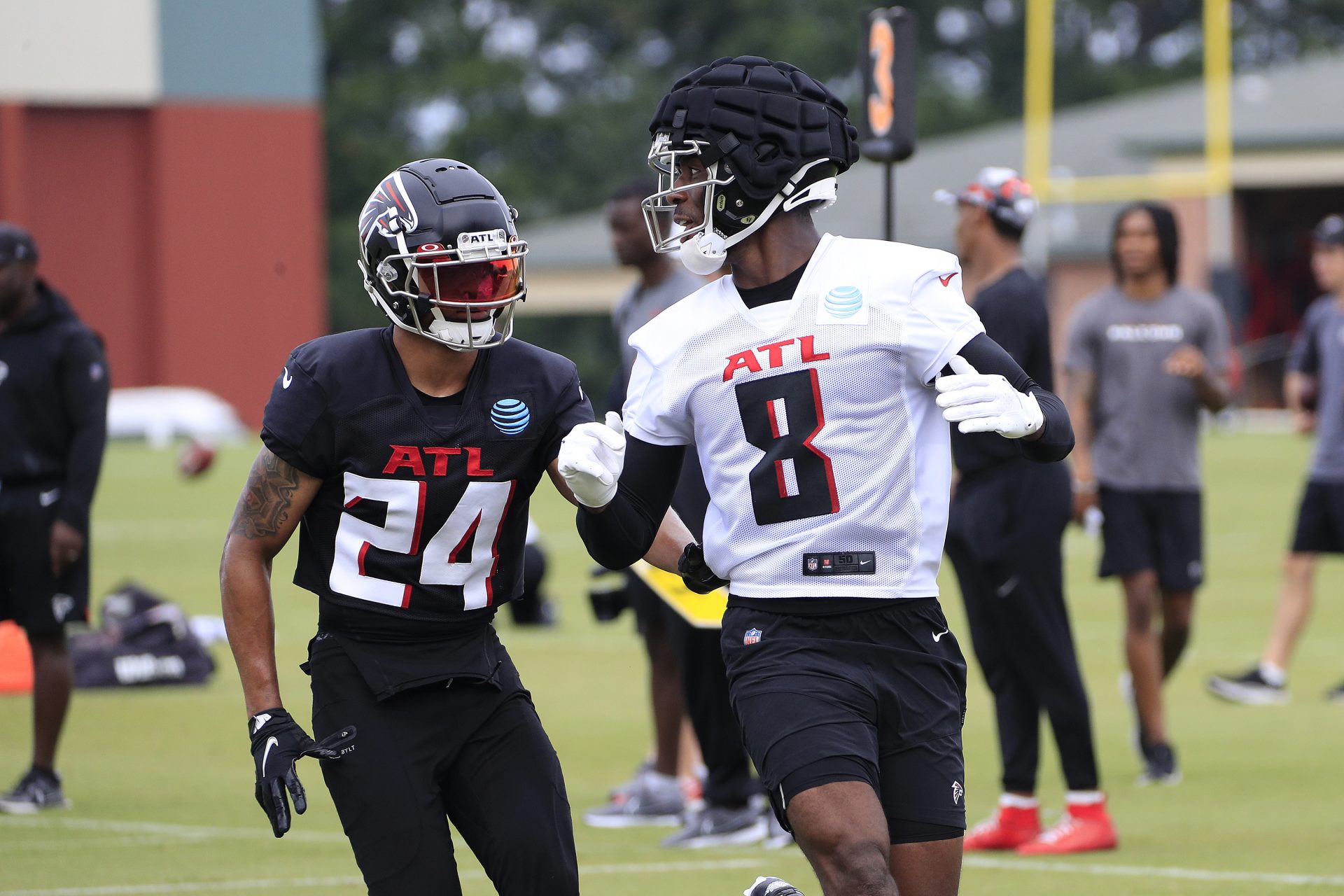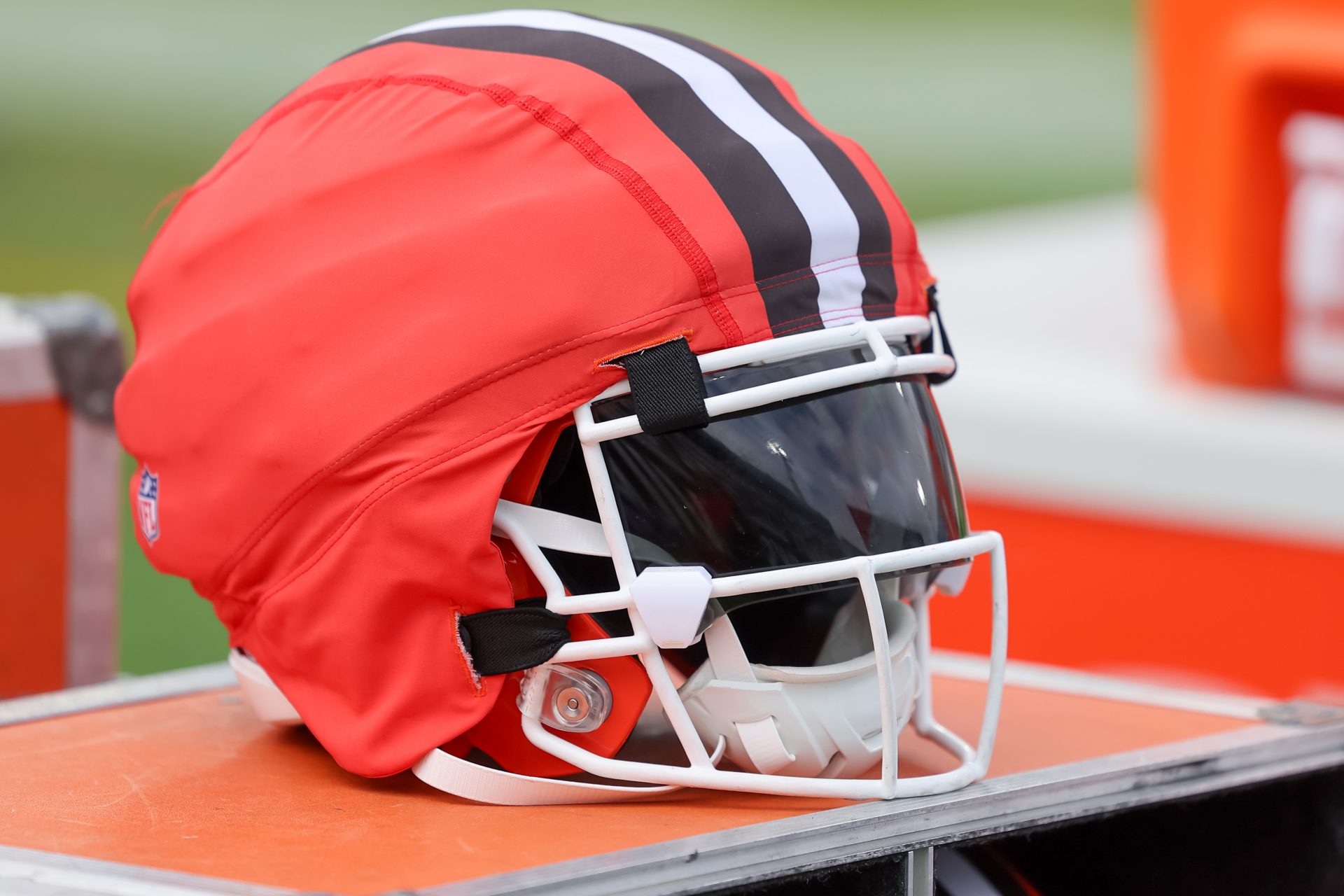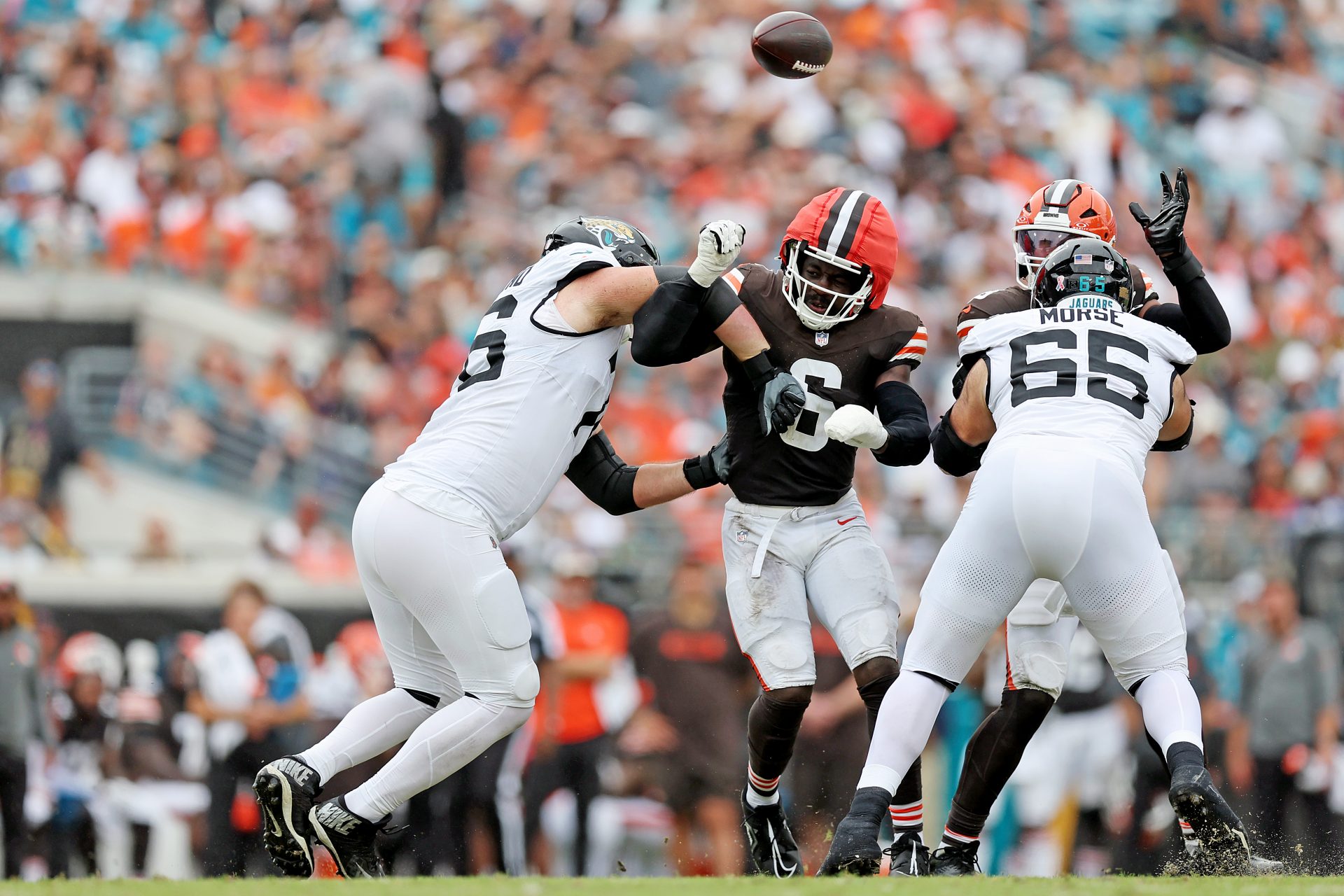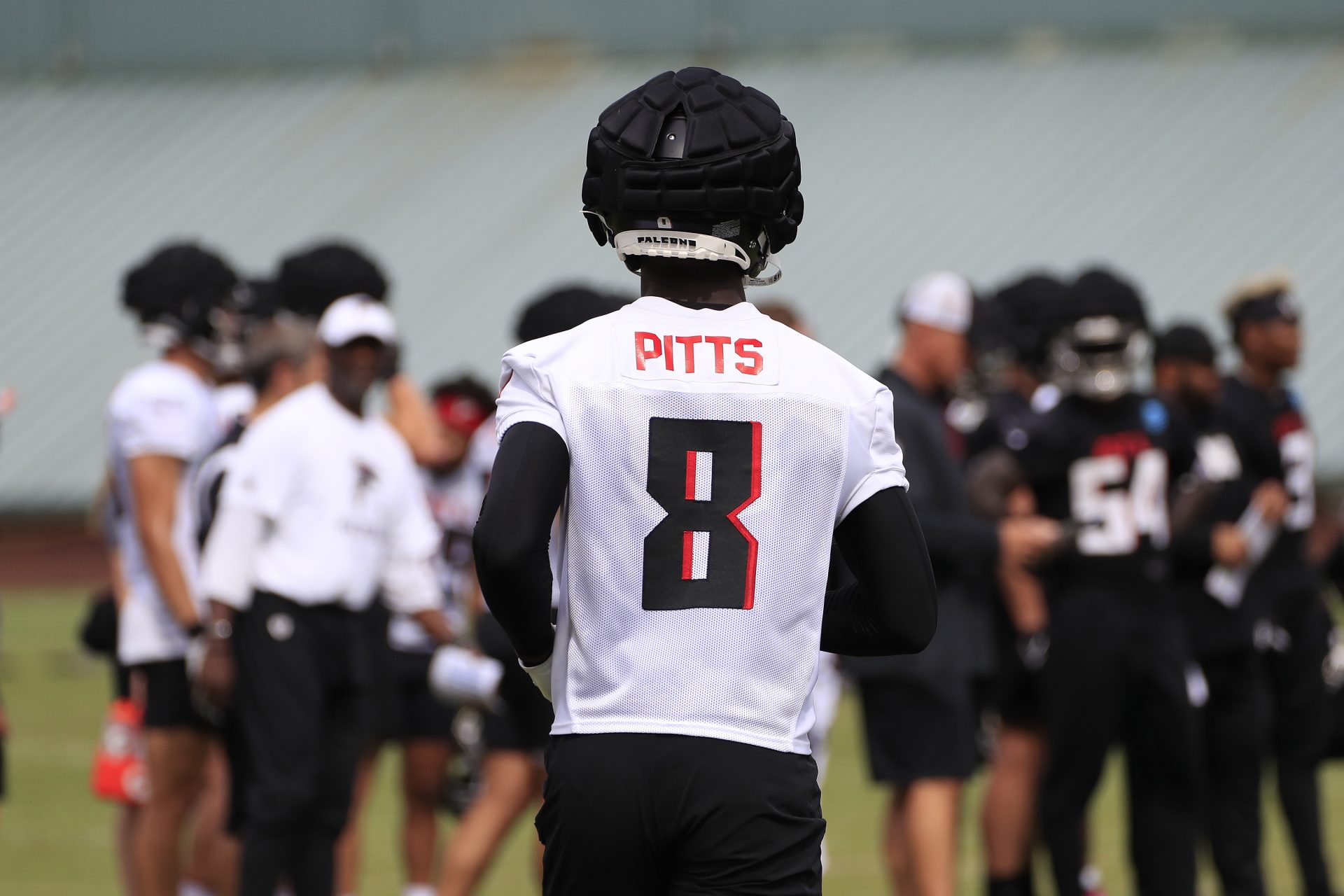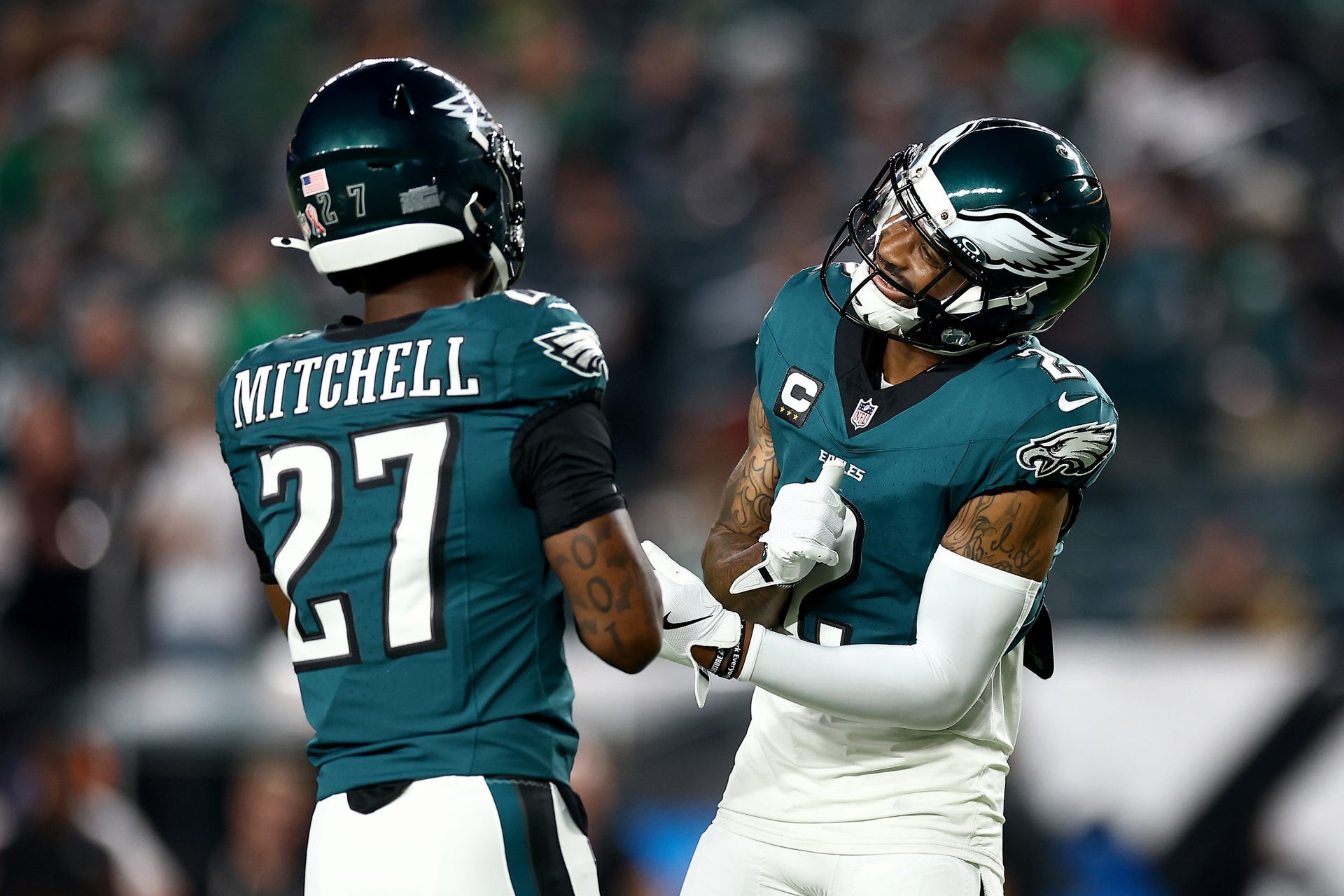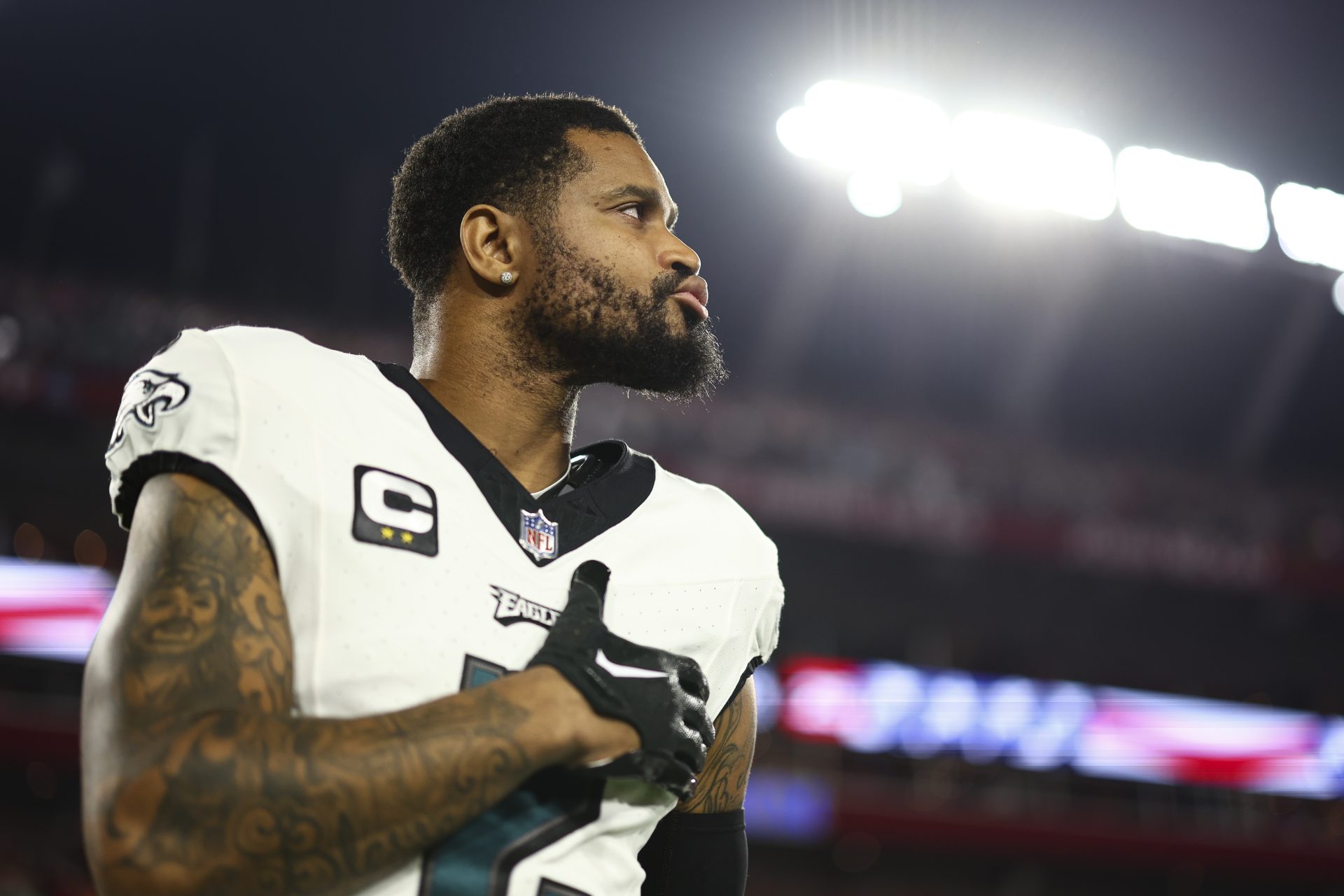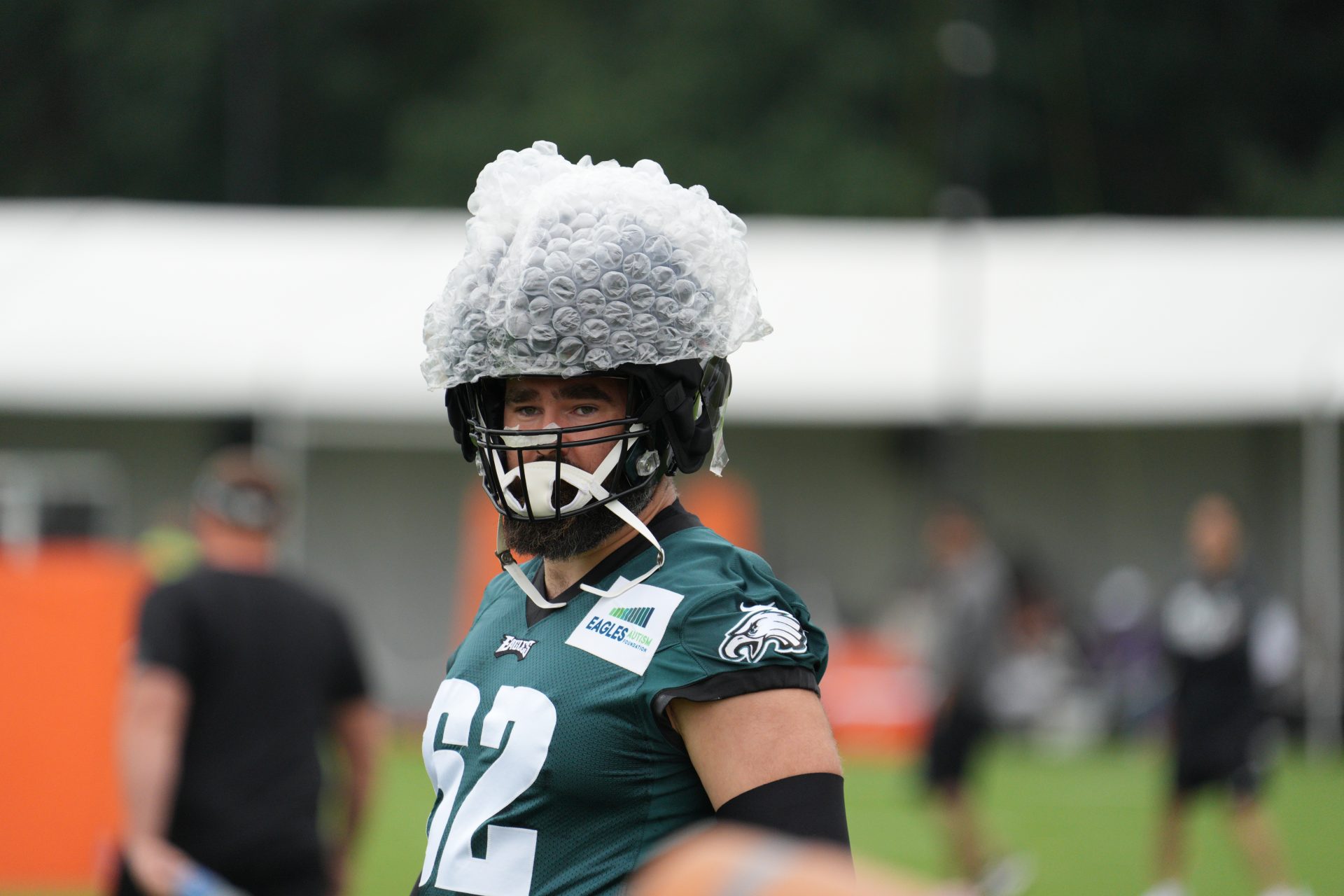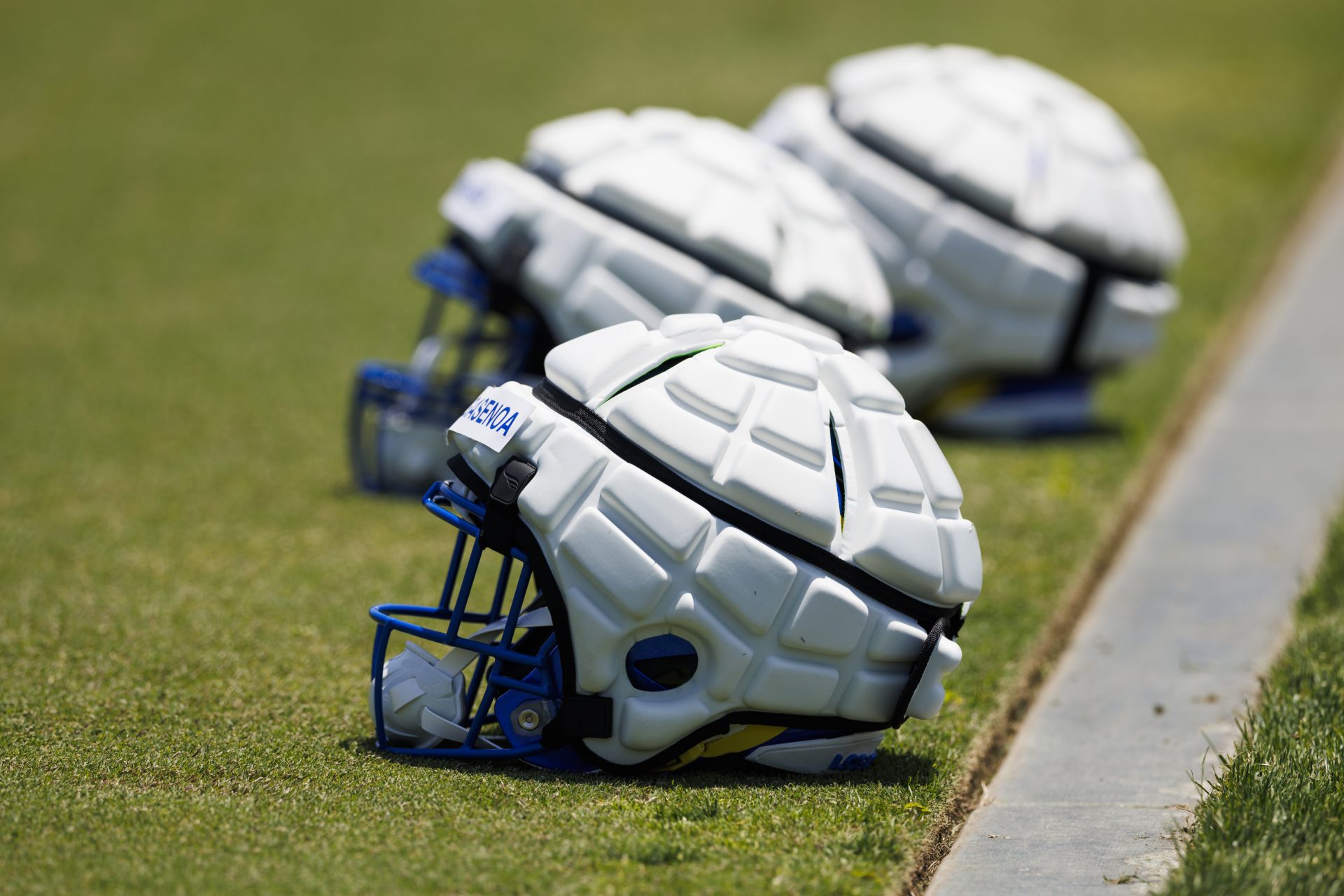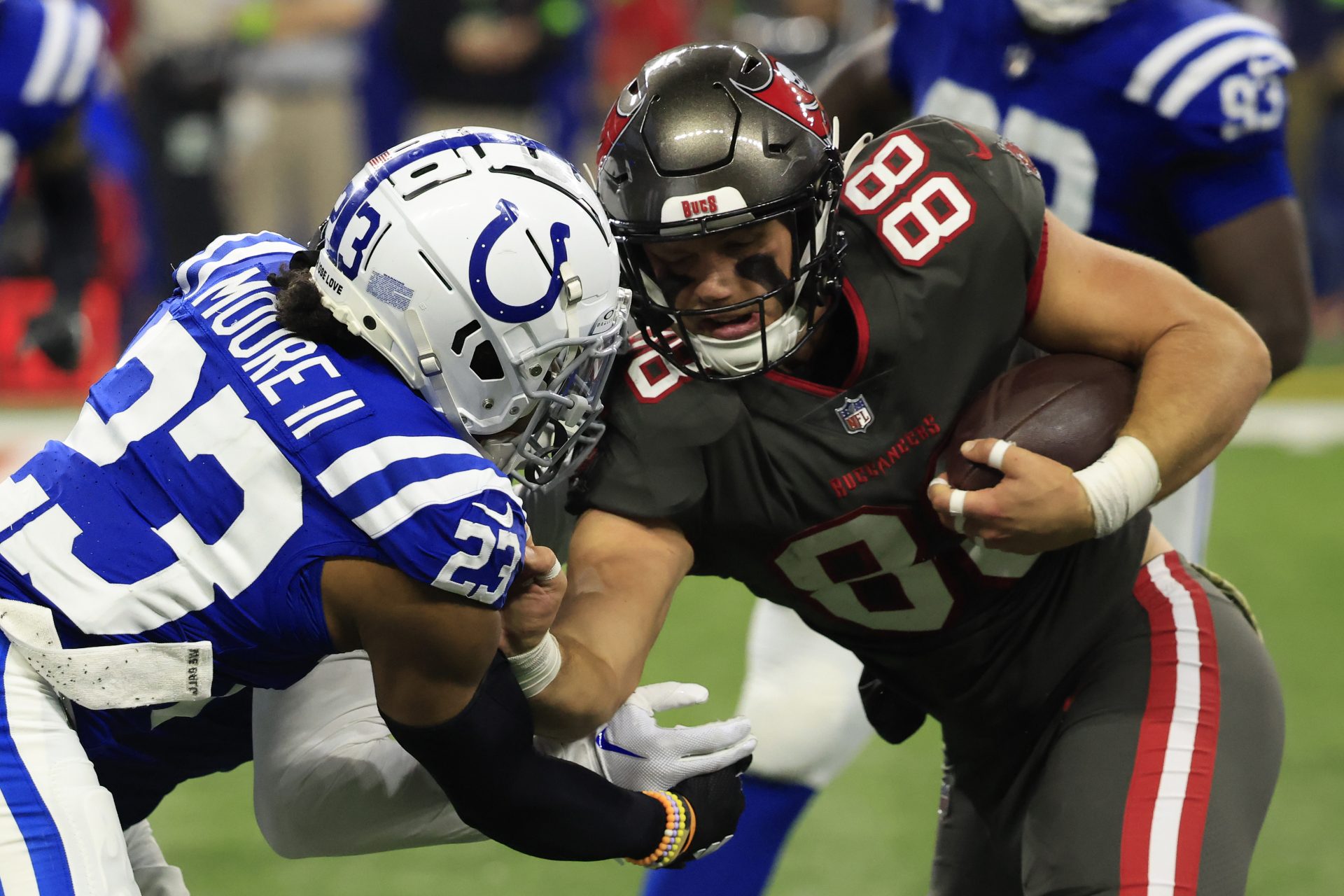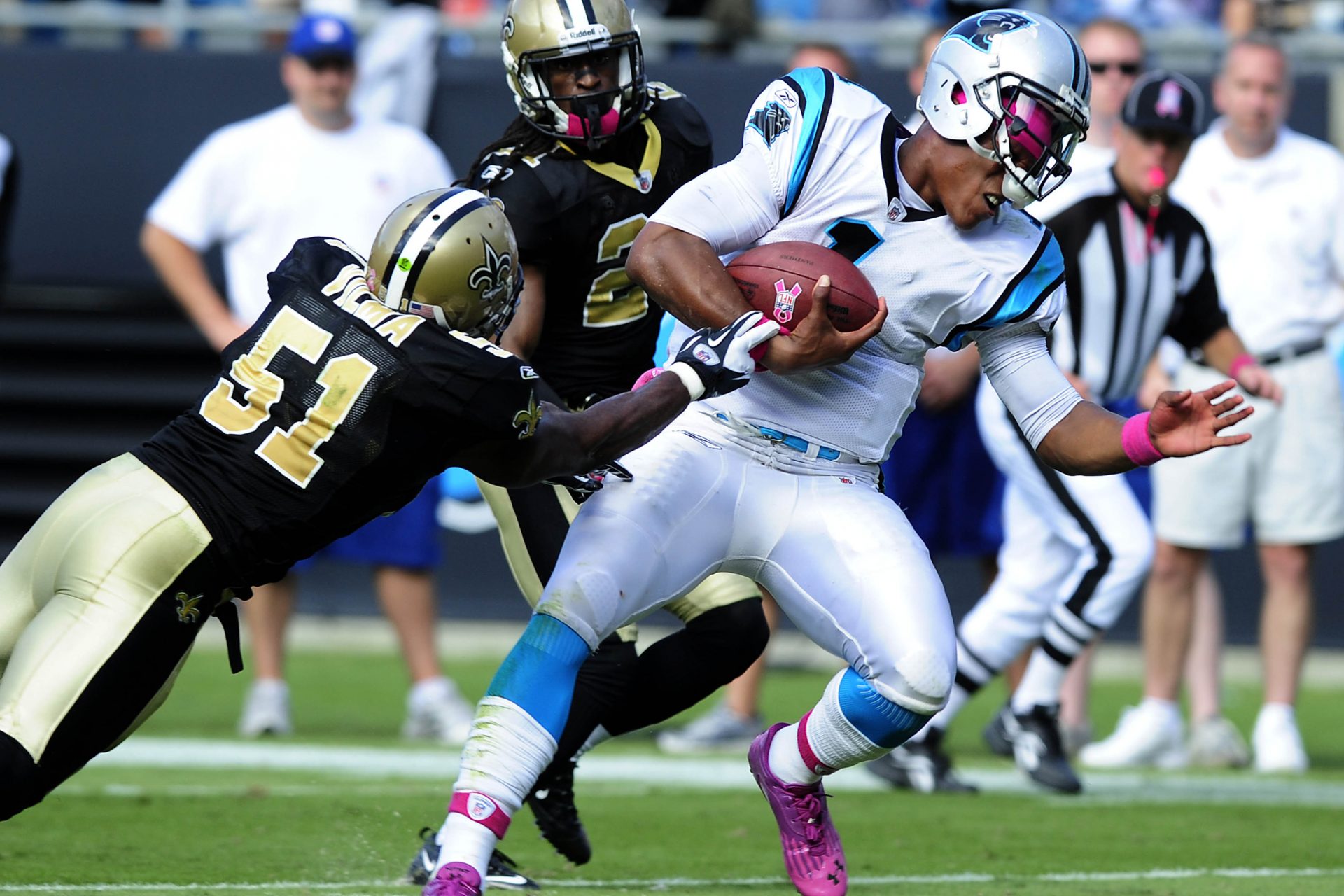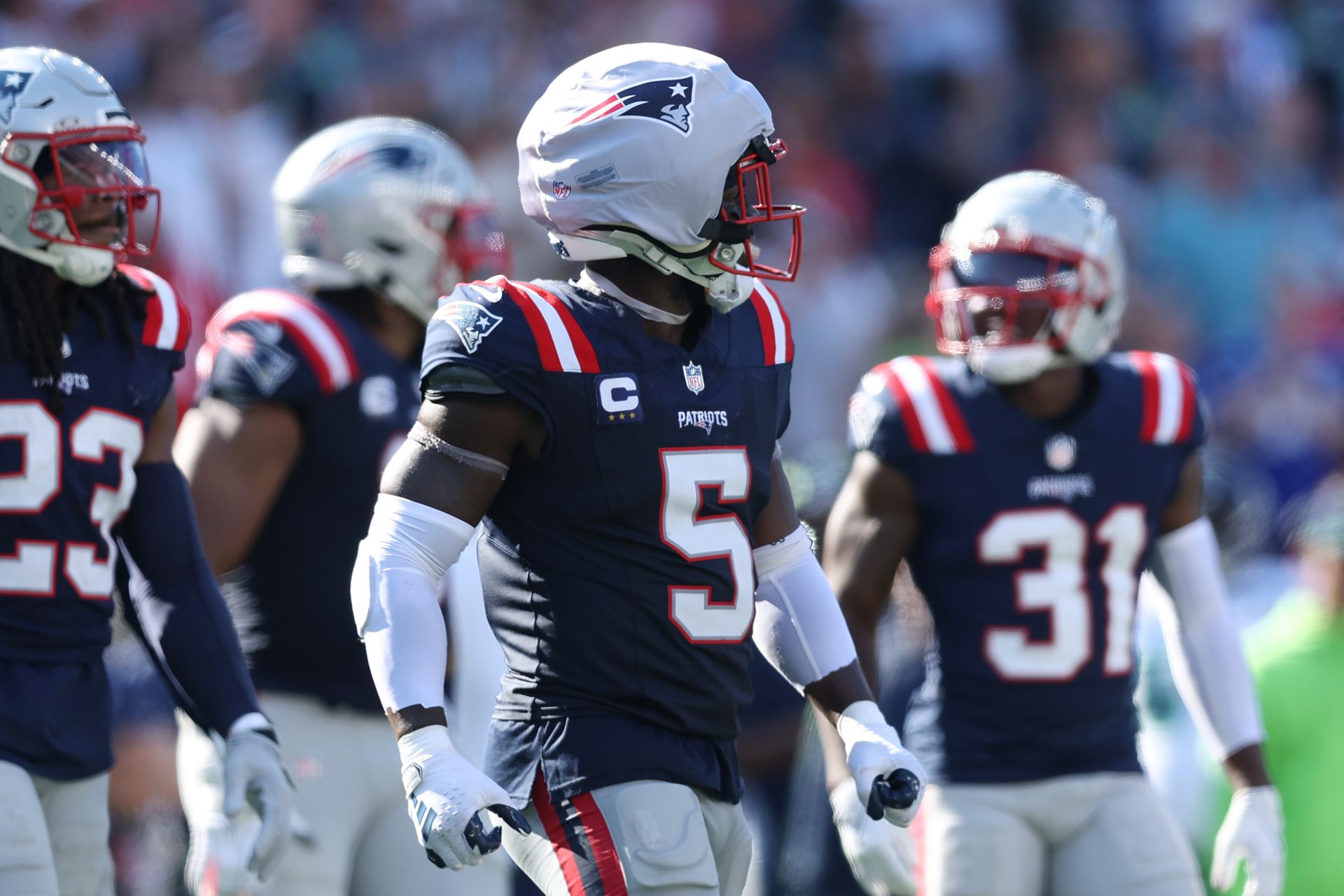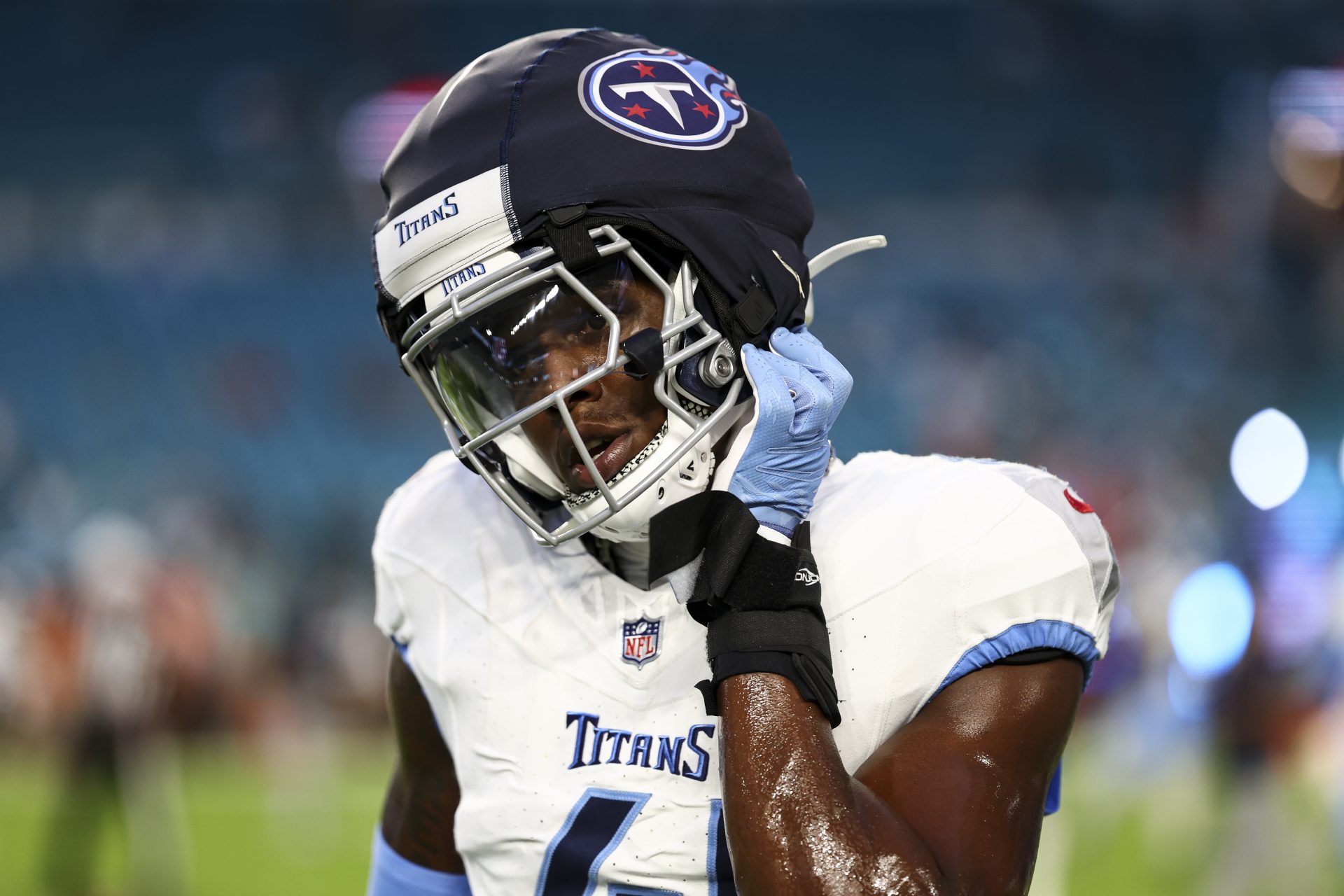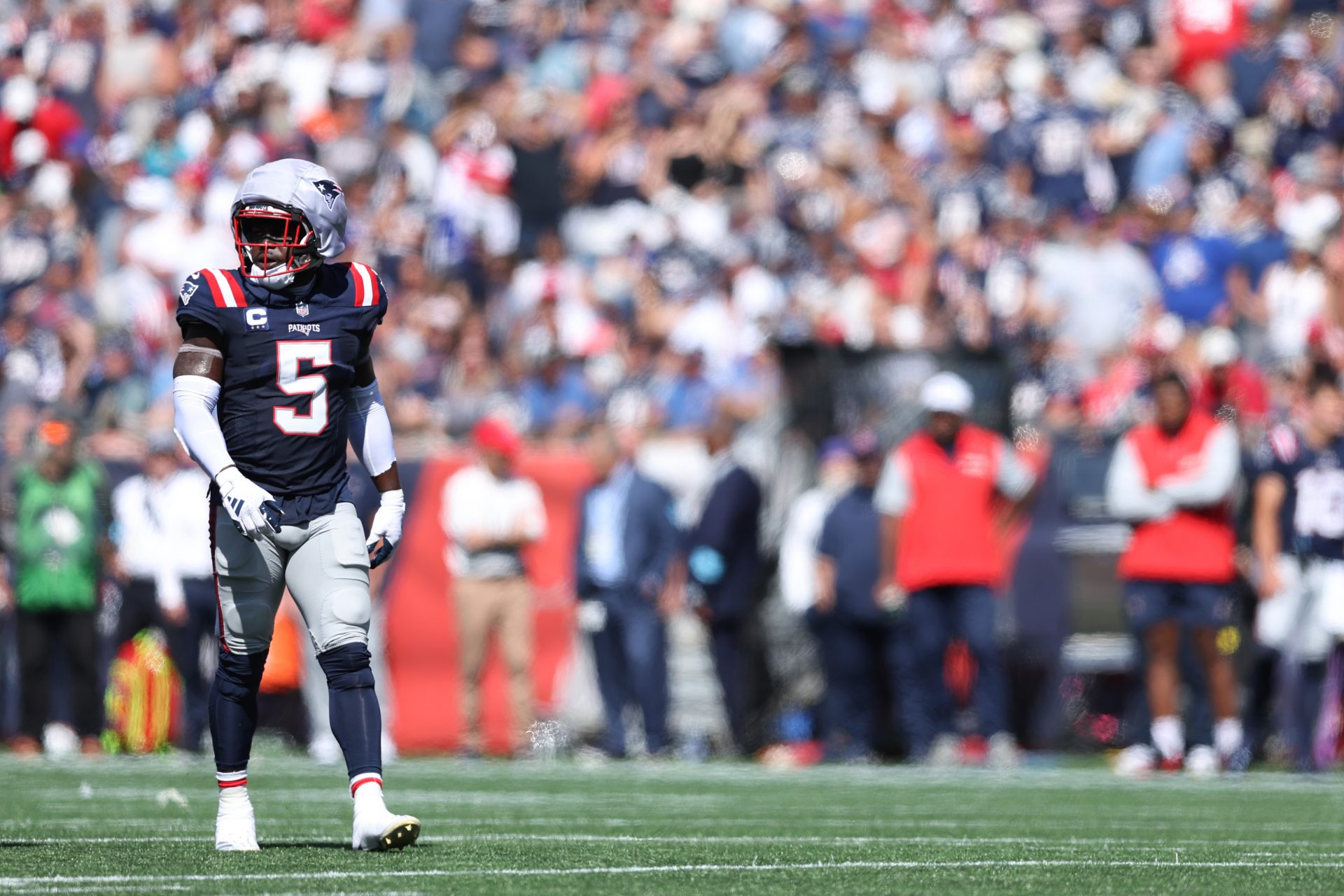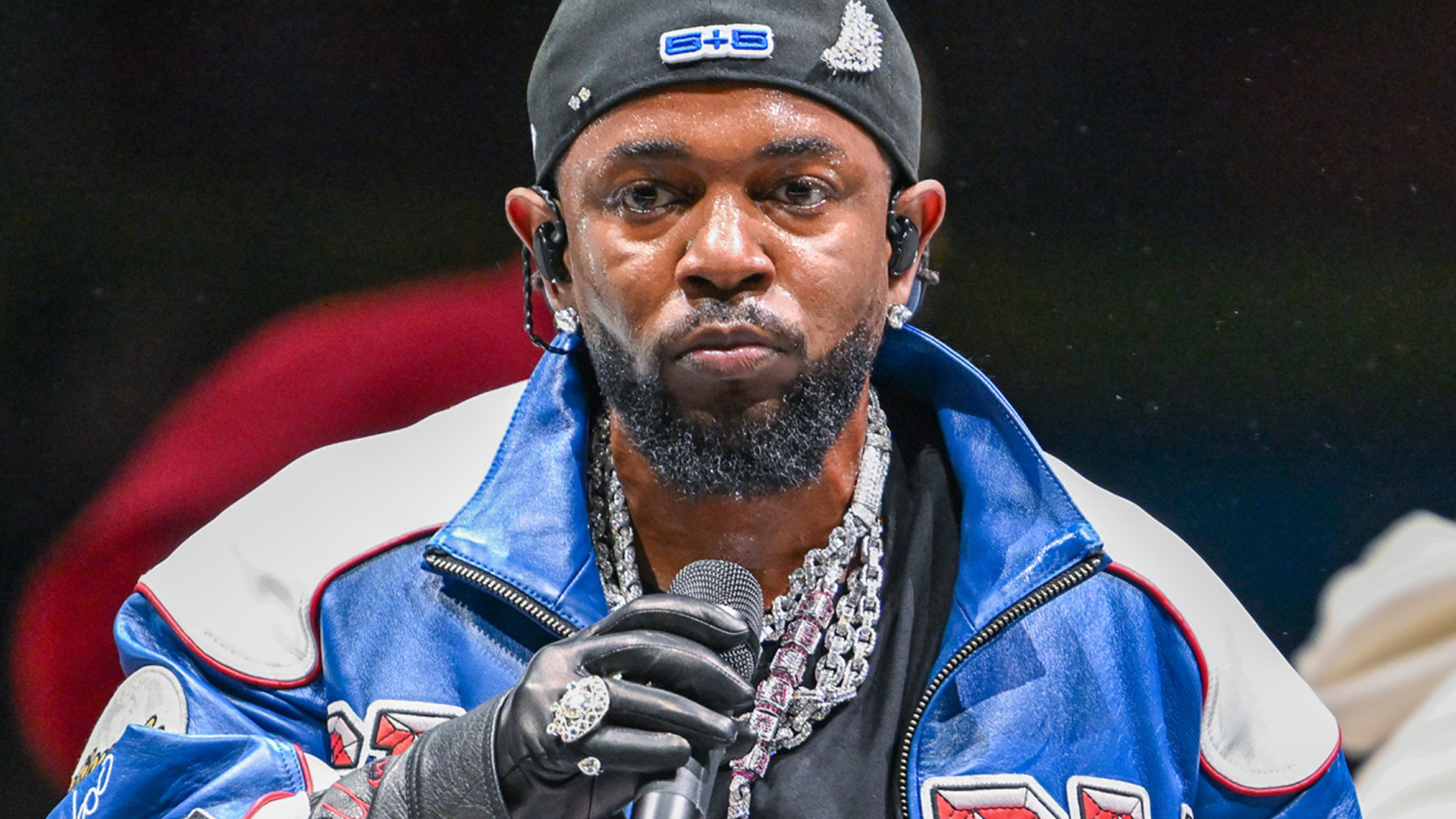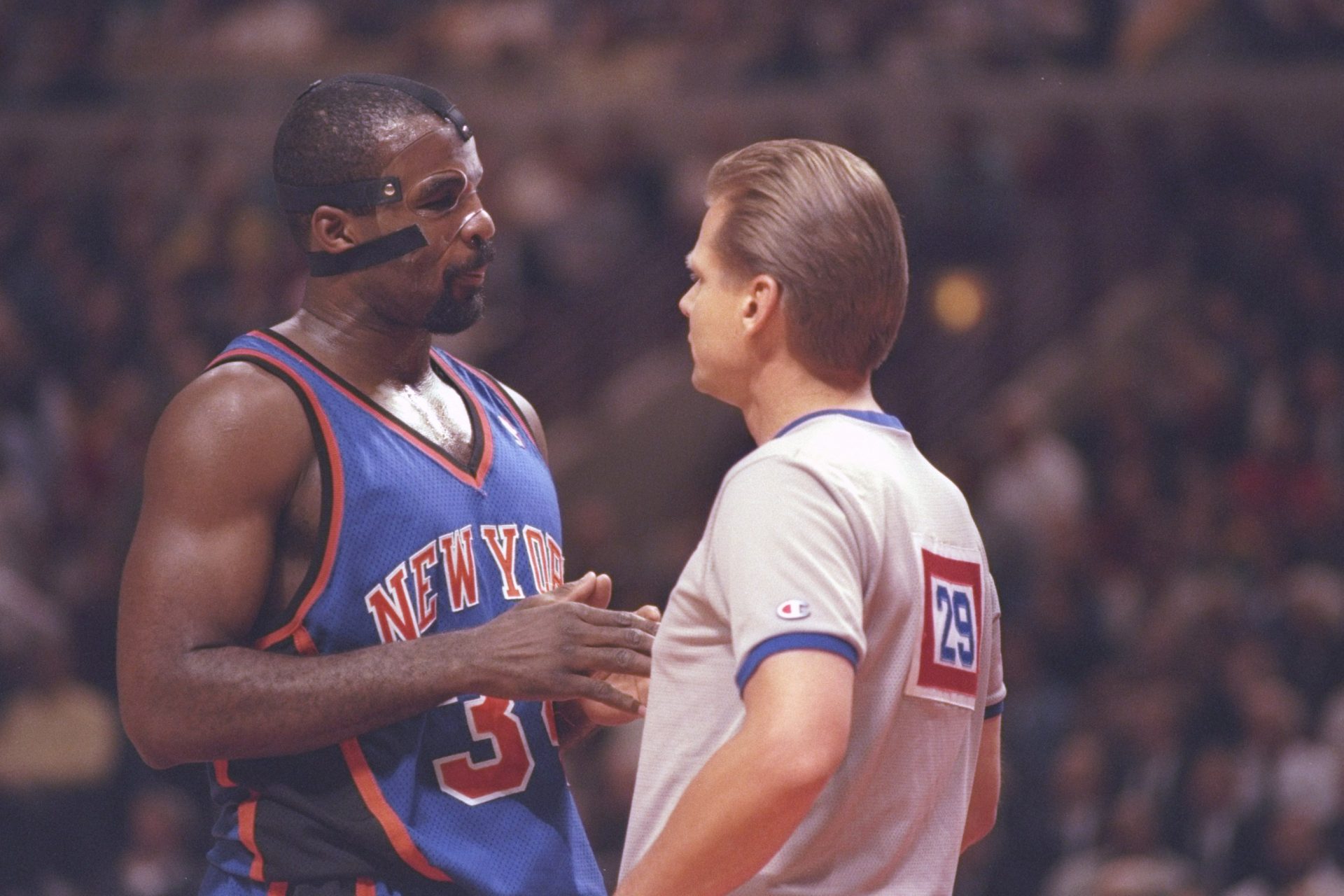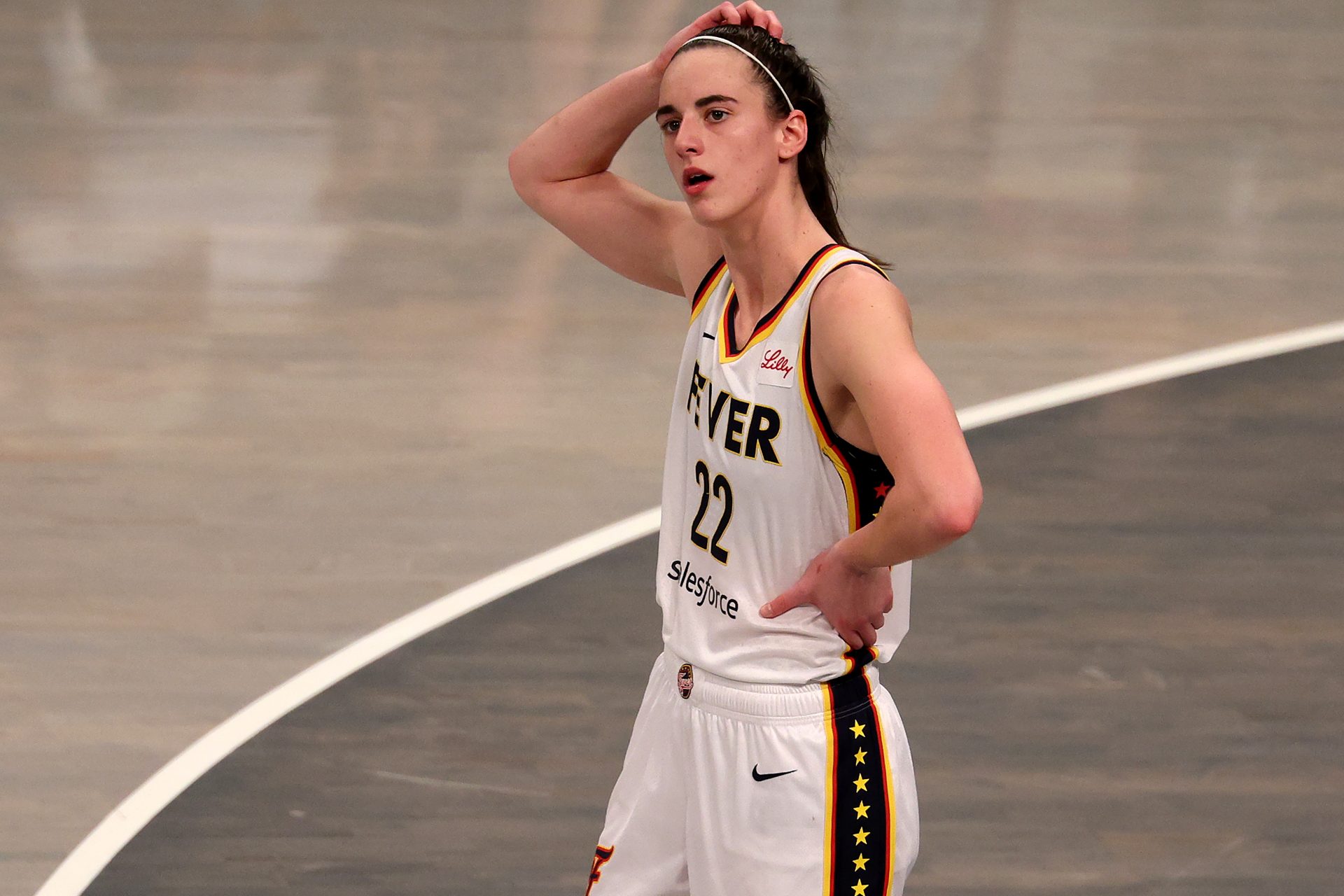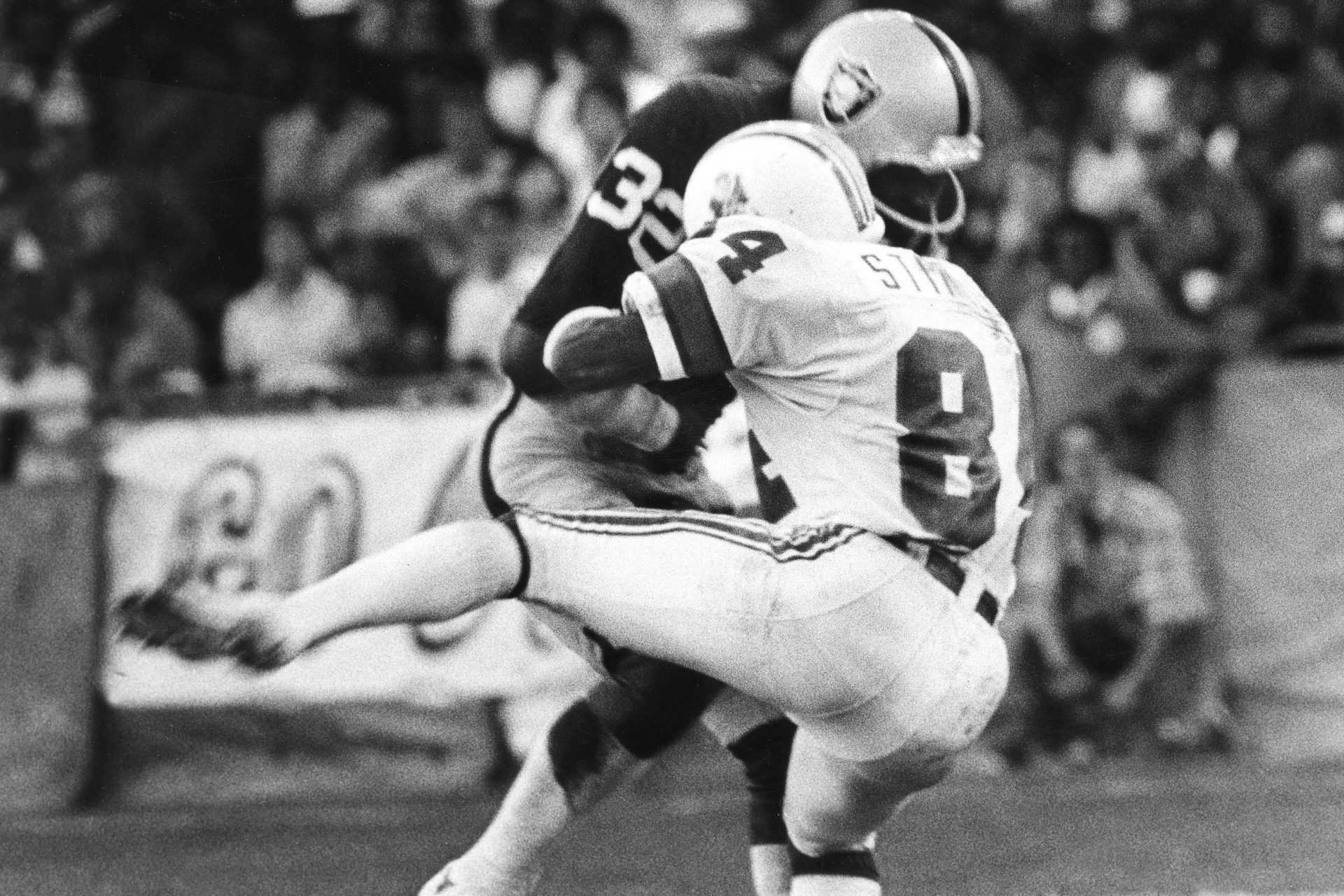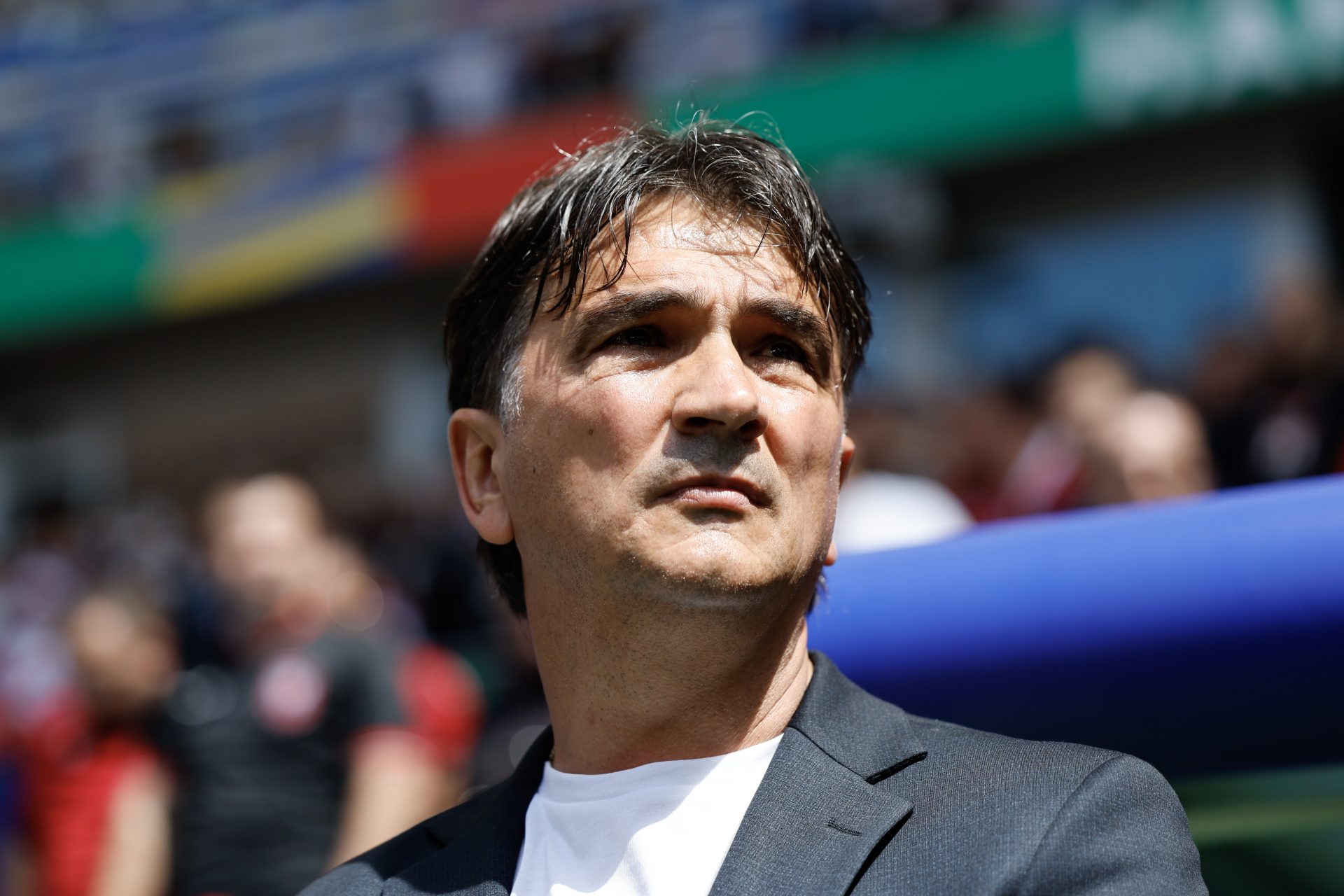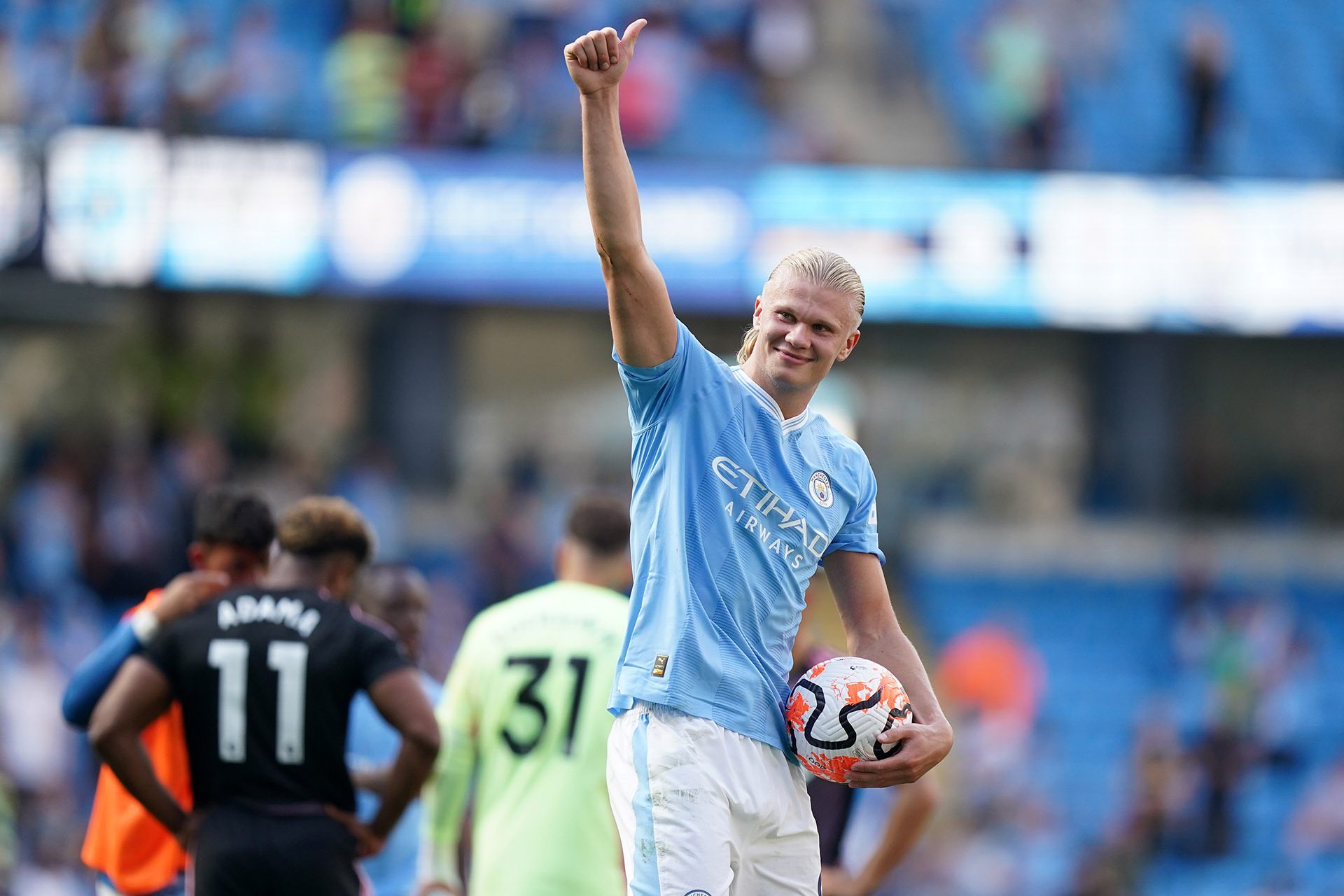The complicated truth about Guardian Caps in the NFL: Should more players wear them?
With data showing a reduced concussion risk of roughly 50%, guardian caps should be a no-brainer for any football player. Yet, despite all the pros on paper, these soft-shell helmet attachments have not exactly been adopted by the game at the large. Let's look at what's going on with the Guardian Caps.
The Guardian Cap was created by husband and wife Erin and Lee Hanson of the Hanson Group in 2010 to limit the risk of head injuries among football players. The soft-shell covers, which fit over standard helmets, absorb and reduce the force of head collisions, as reported by CBS.
The NFL introduced Guardian Caps during the 2022 training camp, making them mandatory for certain high-contact positions – offensive and defensive linemen, tight ends, and linebackers.
Want to see more like this? Follow us here for daily sports news, profiles and analysis!
In 2024, the NFL expanded their use, allowing players to wear them during regular-season games. But adoption has been slow and, for some, the caps have raised more questions than answers.
- The science backing Guardian Caps is strong. Research shows that when a player wears the cap, the impact of collisions is reduced by 10%. When both players in a collision wear the caps, that reduction jumps to 20%.
Even more impressive, the NFL reported a 52% drop in concussions during the 2022 preseason, when the caps were worn. The reduction is particularly significant for the linemen and linebackers, who endure repetitive head contact on nearly every play.
With the league facing ongoing pressure to better protect players, especially amid rising concerns about CTE (chronic traumatic encephalopathy), the caps appear to offer an effective tool in the fight against concussions.
Yet, despite these numbers, not everyone in the NFL is on board. Some argue that they feel awkward or affect the natural balance of the helmet, potentially interfering with performance. For others, like Eagles cornerback Darius Slay, it’s about appearance.
"Oh I can't stand them. It impact [sic] my swag," Slay said of the caps, as reported by The Washington Times. "My game is part of my swag. If I ain't looking the part, I can't feel the part. They have me looking very ugly out there with that big ol' cap on the head."
Moreover, the aversion to Guardian Caps also seems to stem from football's long-standing culture of toughness. For many, wearing extra padding is seen as softening the game—a narrative that runs counter to the traditional "hard-hitting" ethos of the NFL.
Want to see more like this? Follow us here for daily sports news, profiles and analysis!
As Guardian Cap co-creater Lee Hanson told CBS: "You go to South Texas and you talk to a [high school] coach who says, 'I got my bell rung why would I need this sissy cap on?'" Hanson said, explaining their issues in getting the caps adopted.
The NFL’s push for Guardian Caps highlights the broader challenge of reducing head injuries in football. While the caps are effective in mitigating direct impacts, they don’t completely solve the problem. Many concussions are caused by rotational forces that shake the brain inside the skull, something the Guardian Caps are less capable of preventing, as ESPN points out.
While some critics, such as Guardian journalist Oliver Conolly, suggest that the caps – as well as the helmet itself – create a false sense of security, which encourages more risky behaviour.
Ultimately, the NFL’s concussion crisis will likely require a combination of solutions, from improved helmet designs to stricter enforcement of head contact rules and better coaching on tackling techniques.
The NFL’s decision to expand the use of Guardian Caps in 2024 shows that the league is committed to exploring new ways to enhance player safety. But the mixed reception from players raises questions about how long the caps will stick around.
For now, the Guardian Caps remain an intriguing but controversial part of the NFL’s evolving approach to head trauma. Whether they become a permanent fixture in the league or fade away like other safety experiments will depend not only on the science, but also on how willing the league and its players are to adapt.
Want to see more like this? Follow us here for daily sports news, profiles and analysis!
More for you
Top Stories



